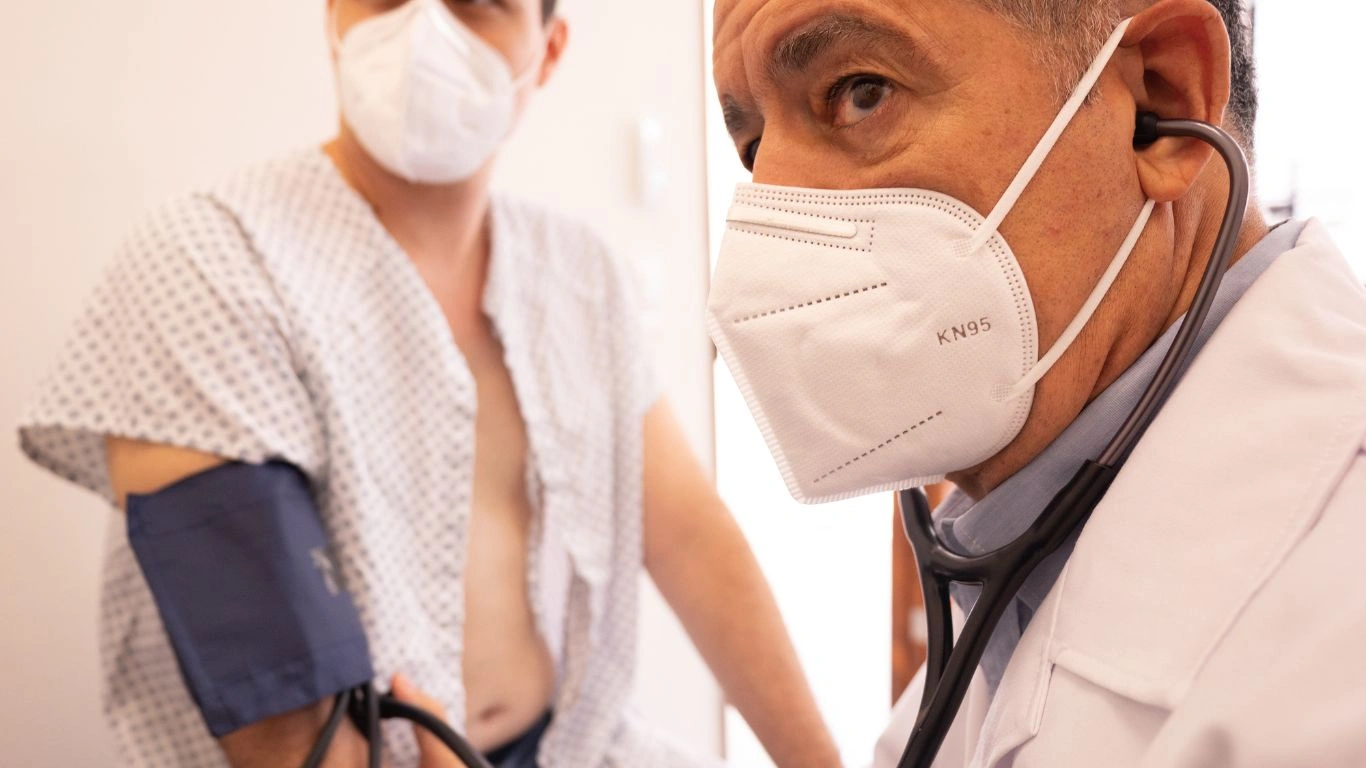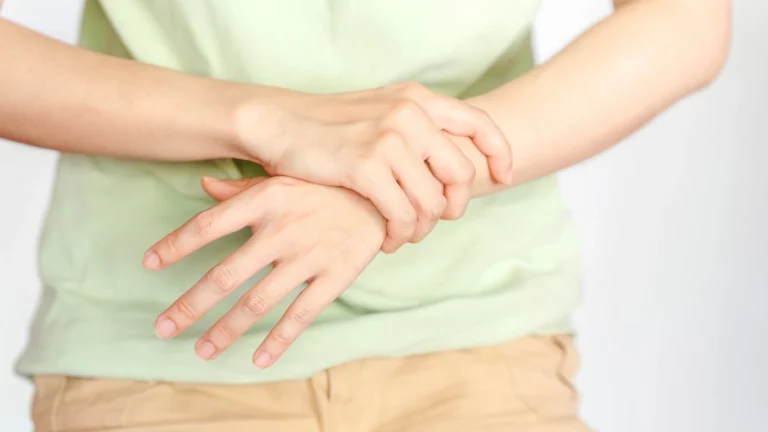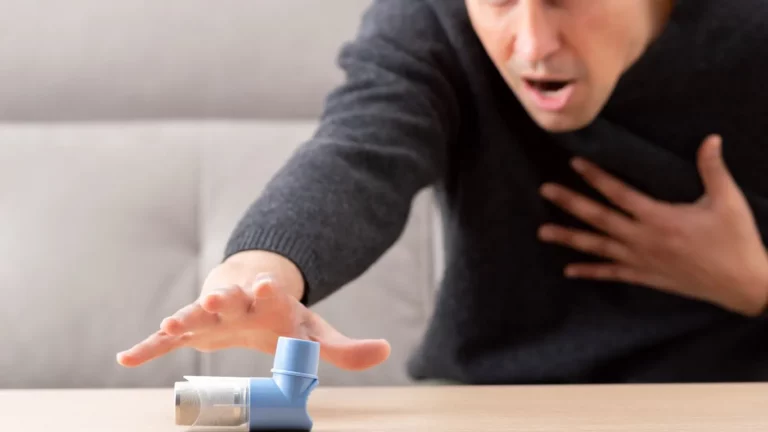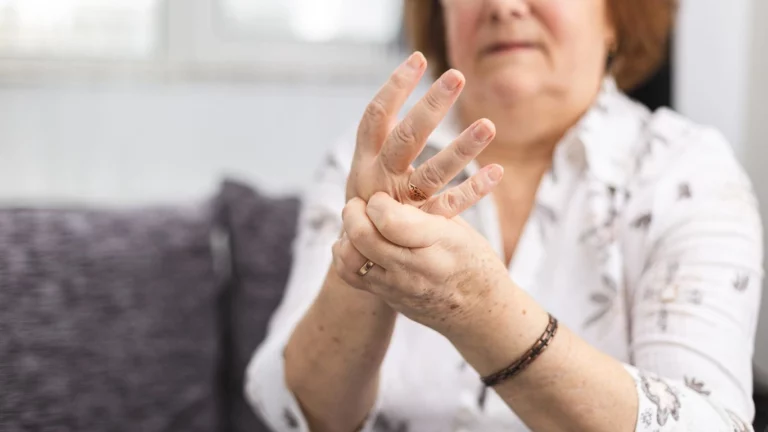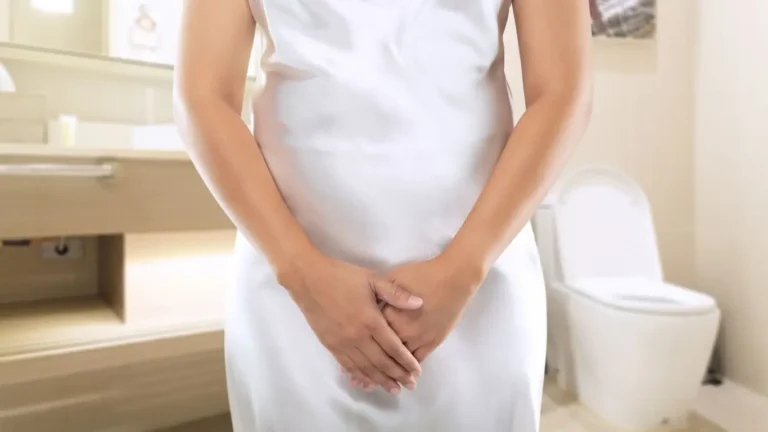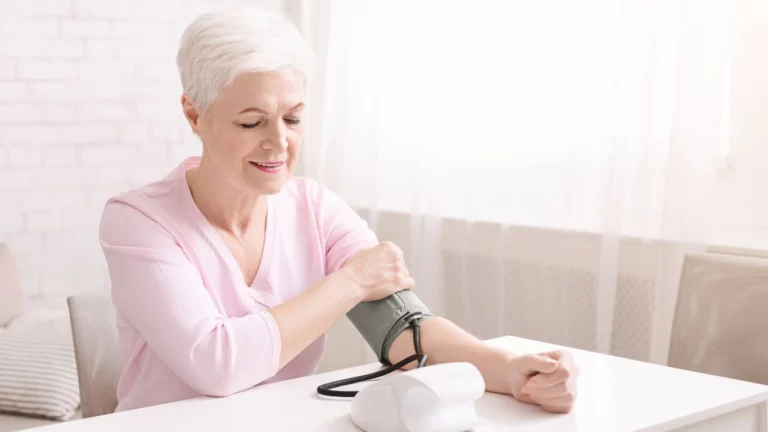Understanding High Blood Pressure and Sugar Cravings: A Complete Guide
As an Internal Medicine Physician specializing in hypertension management, I’ve seen firsthand the connections between high blood pressure and sugar cravings. It may not seem like an obvious link at first glance, but trust me, there’s more going on than you might think. High blood pressure, or hypertension, is a serious condition that affects millions worldwide, and while sugar cravings might seem like a simple desire for sweets, they could actually be sending your body signals that something’s off. Today, let’s dive into how these two seemingly unrelated issues could actually be connected and what it means for your health.
Understanding High Blood Pressure: More Than Just Numbers
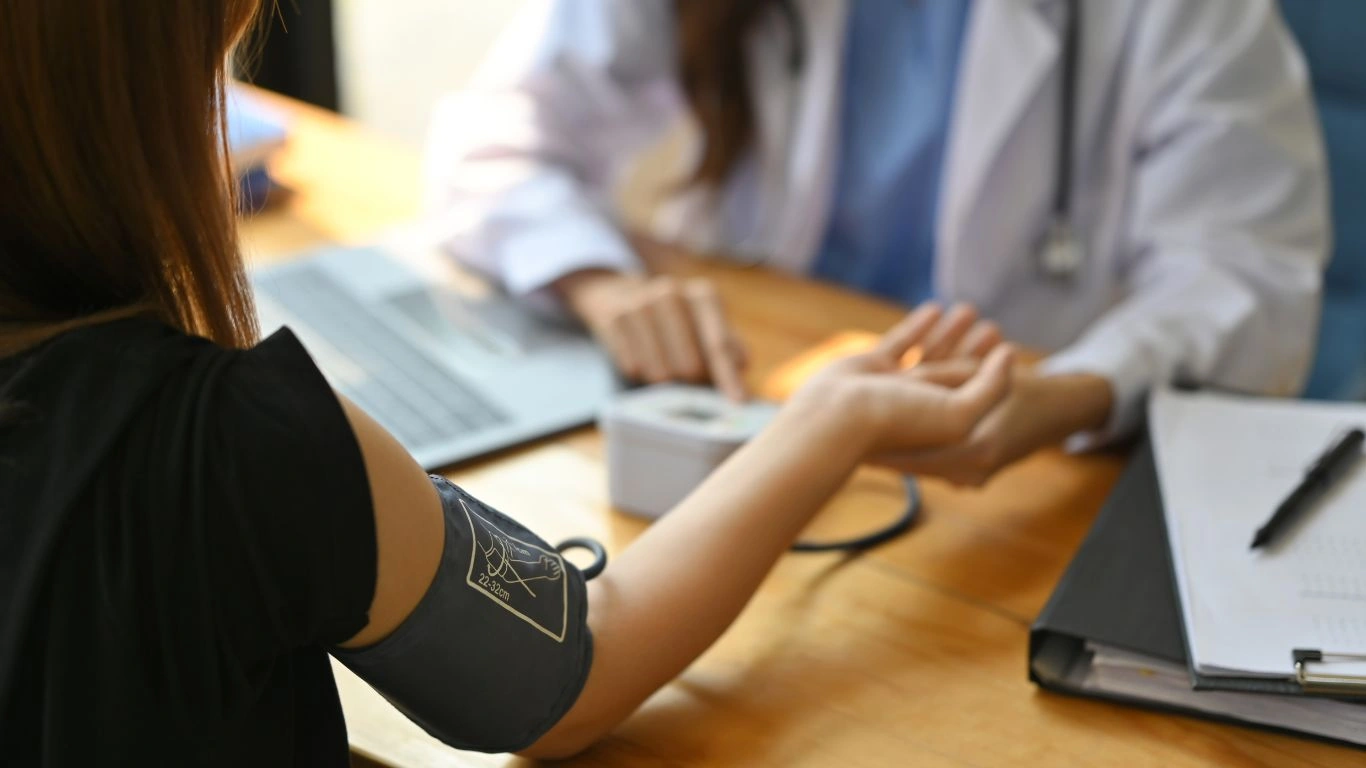
When most people think about high blood pressure, they typically focus on the numbers: 120/80 mmHg is considered normal, while anything above 130/80 mmHg is classified as hypertension. But high blood pressure is more than just a measurement—it’s a warning sign that your heart and blood vessels are under stress, often due to lifestyle factors like diet, stress, and lack of physical activity. Long-term hypertension can lead to severe complications such as heart disease, stroke, and kidney damage. As a physician, I emphasize the importance of early detection and proactive management. But here’s the thing: hypertension doesn’t always present with noticeable symptoms. It’s often dubbed the “silent killer” for a reason.
How High Blood Pressure Impacts Your Body’s Hunger Signals
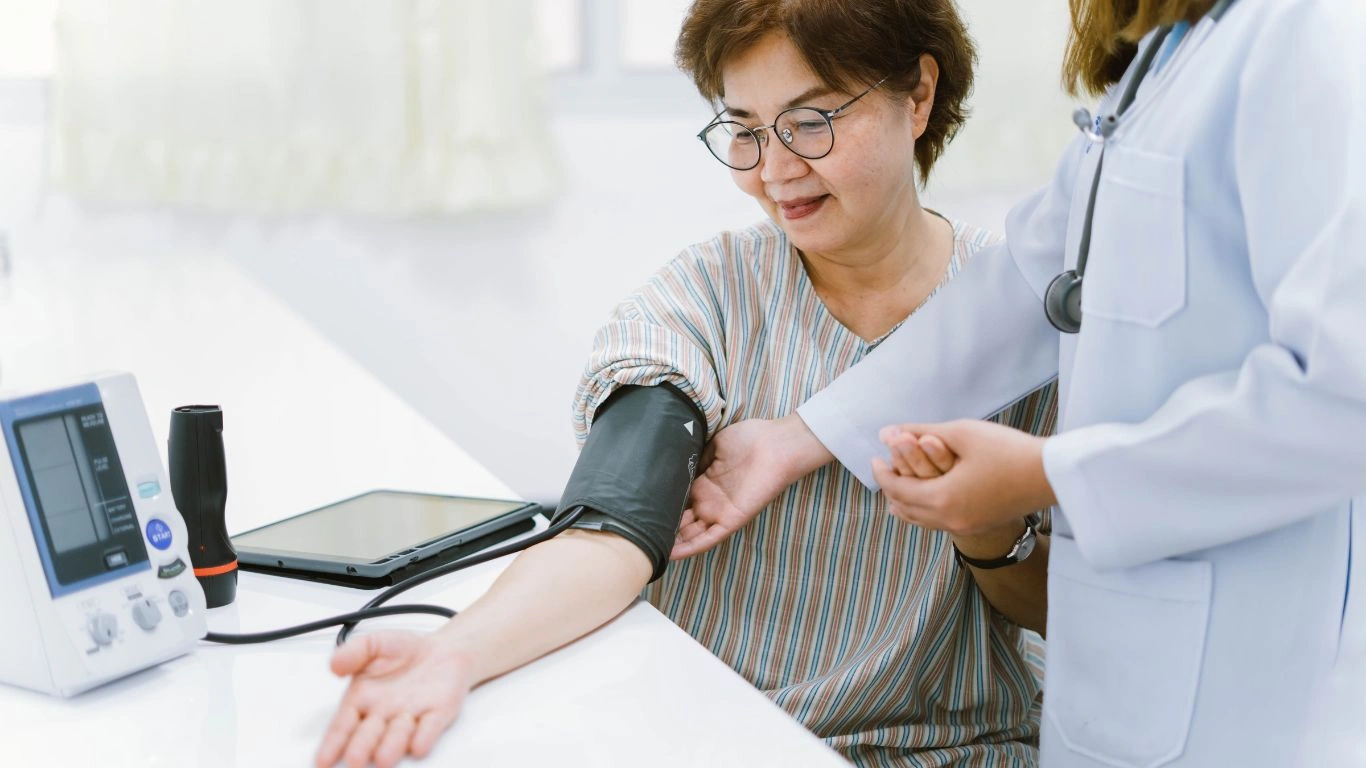
Now, let’s talk about cravings—specifically sugar cravings. You might be wondering, “How on earth do high blood pressure and my sweet tooth have anything to do with each other?” Well, it all comes down to how your body responds to stress. High blood pressure often means your body is in a state of chronic stress, which can trigger your adrenal glands to release stress hormones like cortisol. Cortisol, in turn, can make you crave sugary, high-calorie foods because your body perceives these as quick sources of energy to deal with stress. If you’re constantly stressed and your blood pressure is elevated, these cravings can become even more intense.
The Role of Insulin Resistance in High Blood Pressure and Sugar Cravings
Why You Can’t Ignore the Link Between Insulin and Hypertension
There’s also a deeper metabolic issue at play when it comes to high blood pressure and sugar cravings: insulin resistance. This is a condition where your body’s cells don’t respond to insulin as effectively, which can lead to higher blood sugar levels and, you guessed it, more cravings for sugar. Insulin resistance is closely associated with both obesity and hypertension, two conditions that frequently go hand-in-hand. If your insulin isn’t working properly, your body struggles to regulate sugar, and as a result, your brain sends signals to eat more sugar in an attempt to balance things out.
Now, I’ve had many patients who didn’t realize they had insulin resistance until we started discussing their sugar cravings in the context of their blood pressure issues. Some even reported that their cravings would intensify after a stressful event, making it clear that the body’s need for comfort food was tied directly to the way their hormones were functioning under pressure. And unfortunately, this cycle only makes things worse: eating more sugar can lead to more insulin resistance, which further exacerbates both high blood pressure and your body’s craving for sweets.
Is It Just About Stress? Other Factors Contributing to the Connection

While stress is a major factor, there are other contributors to this connection. One of the big ones is poor diet. If your regular diet consists of high amounts of processed foods, excess sodium, and refined sugars, your body will not only have trouble regulating blood pressure but will also be more likely to experience sugar cravings. This is why it’s so important to adopt a balanced, whole-foods-based diet that includes plenty of fruits, vegetables, lean proteins, and healthy fats. It might sound cliché, but eating the right foods truly makes a difference.
Another contributing factor is dehydration. I know, it sounds simple, but many people don’t drink enough water, especially when they’re stressed or busy. When your body is dehydrated, it can trigger cravings for sugar, as your body seeks an energy boost to make up for the lack of hydration. And if you’re dealing with high blood pressure, dehydration can make your blood pressure rise even more, leading to a vicious cycle of cravings, poor dietary choices, and escalating hypertension.
What Can You Do About It?
Managing high blood pressure and sugar cravings isn’t easy, but it’s definitely possible with some thoughtful strategies. As I often tell my patients, it’s all about taking small steps to make sustainable changes. Here are a few tips based on my experience working with patients:
- Focus on a balanced diet: Aim for a diet rich in fruits, vegetables, whole grains, and healthy fats. This will help stabilize both your blood sugar and your blood pressure.
- Reduce processed foods: These are typically high in sodium, unhealthy fats, and added sugars, all of which can contribute to both high blood pressure and sugar cravings.
- Stay hydrated: Drinking water throughout the day can help curb sugar cravings and support overall blood pressure management.
- Exercise regularly: Physical activity can reduce both stress and blood pressure, while also helping to regulate insulin levels.
- Practice stress management: Techniques like meditation, yoga, or deep breathing exercises can help reduce the cortisol levels that contribute to sugar cravings.
Taking control of your high blood pressure and sugar cravings doesn’t have to feel overwhelming. With the right knowledge, some practical lifestyle changes, and the right support, it’s completely within your reach. Trust me, it’s all about consistency and making those small changes that add up to big results over time.
How High Blood Pressure Affects Your Brain and Impacts Your Cravings
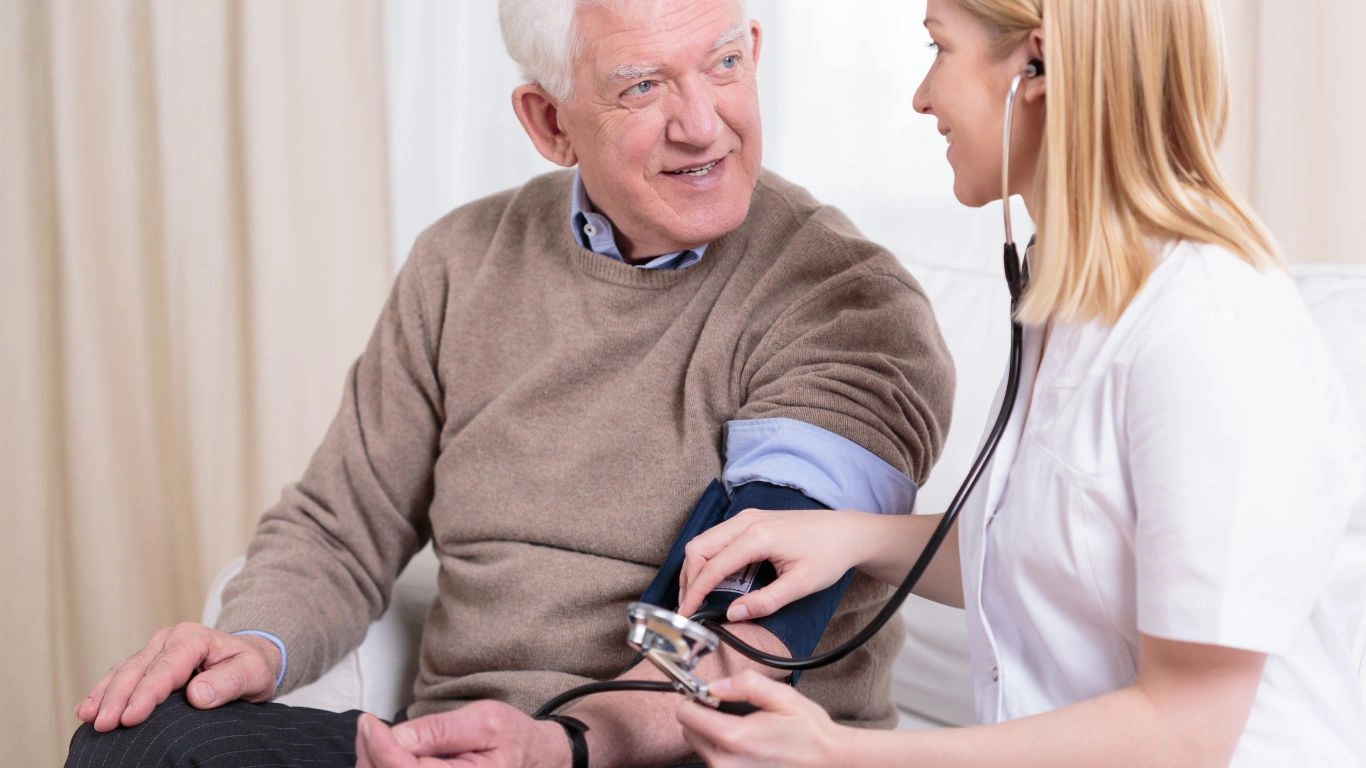
One of the most fascinating (and often underappreciated) aspects of high blood pressure is the effect it has on your brain. You may have heard that hypertension can increase your risk of stroke or dementia, but did you know that it can also affect the way your brain handles cravings? Let’s dig into that a little deeper.
High blood pressure can actually alter the balance of hormones and neurotransmitters in your brain. These chemicals help regulate everything from mood to hunger signals. When your blood pressure is elevated, it can disrupt this delicate balance, potentially making you more vulnerable to intense cravings—especially for sugar. The brain craves sugar for a quick energy boost, and if the signals are misfiring, it can send out exaggerated hunger signals that are difficult to ignore.
From my experience, patients with poorly managed hypertension often report feeling like they have an insatiable desire for sweets. Sometimes they don’t even realize the link between their sugar cravings and their high blood pressure until we start connecting the dots. It’s a frustrating cycle: stress from high blood pressure leads to sugar cravings, which, in turn, make blood pressure harder to manage. It’s all intertwined, and that’s why it’s so important to treat the root cause and not just the symptoms.
Uncovering the Link Between Sodium Intake, Hypertension, and Sugar Cravings

Now, let’s talk about one of the most significant dietary factors that contribute to high blood pressure: sodium. For many people, the link between sodium and hypertension is well-known, but what most don’t realize is that it’s also tied to sugar cravings. When we consume too much sodium, it can lead to an imbalance in fluid regulation and increase blood pressure. Over time, this added pressure forces the kidneys to work harder to expel the excess salt, which causes even more stress on the body. If you add in the fact that high-sodium diets often go hand-in-hand with high-sugar foods, you start to see how this double whammy can wreak havoc on your health.
As a physician, I encourage my patients to reduce their sodium intake, not just for blood pressure control but also to help curb those insidious sugar cravings. It’s amazing how quickly the body can adapt when you cut back on salty foods, and many people report feeling a noticeable reduction in their desire for sugary snacks. This is one of those lifestyle changes that can make a world of difference for both blood pressure and overall health. It’s not just about lowering numbers on a chart—it’s about feeling better in your everyday life.
Managing High Blood Pressure and Sugar Cravings Together: My Approach
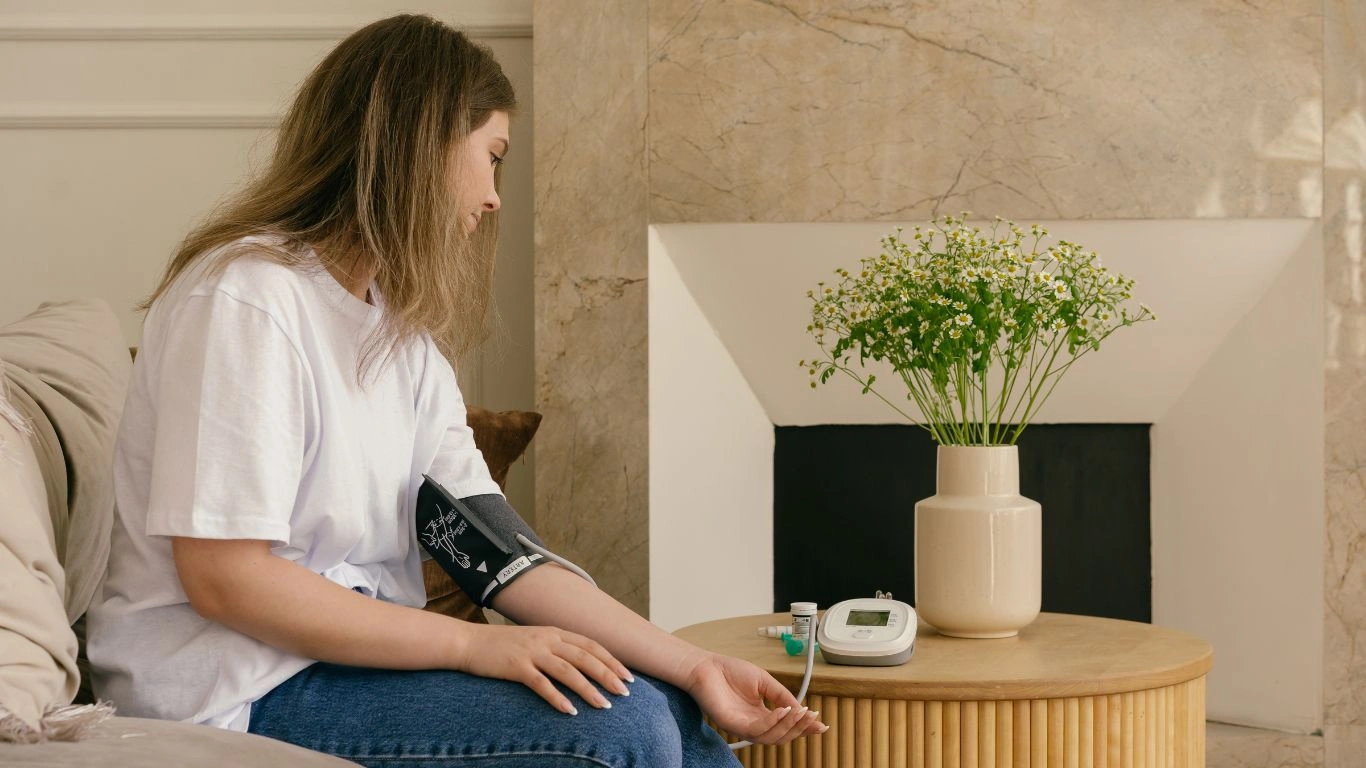
So, how do we address both high blood pressure and sugar cravings in a way that’s sustainable? The approach I take with my patients is simple yet effective: we tackle both issues at the same time, with a focus on long-term lifestyle changes rather than quick fixes.
1. Prioritize Whole Foods
First and foremost, focus on whole, nutrient-dense foods. I always tell my patients that eating whole foods—like leafy greens, fruits, lean proteins, and healthy fats—is the best way to stabilize both blood sugar and blood pressure. Foods rich in potassium, like bananas, sweet potatoes, and spinach, are particularly helpful for lowering blood pressure and balancing sodium levels. Plus, whole foods don’t come with the excess sugars and sodium found in processed foods, which are often the culprits behind both hypertension and sugar cravings.
2. Implement Stress Reduction Strategies
Stress is a huge factor in both high blood pressure and sugar cravings. I’ve found that practicing stress-reduction techniques can make a significant impact on both. Whether it’s through yoga, meditation, or even something as simple as deep breathing exercises, taking time to unwind and relax can help your body regulate cortisol levels, the stress hormone that can trigger cravings for sugary foods. In my practice, I’ve seen patients who initially struggled with sugar addiction reduce their cravings after incorporating consistent stress-management practices into their daily routines.
3. Encourage Regular Physical Activity
Exercise is another powerful tool for managing high blood pressure and reducing sugar cravings. Not only does it help regulate blood sugar levels, but it also boosts your body’s sensitivity to insulin. I always recommend aiming for at least 30 minutes of moderate exercise most days of the week. It doesn’t have to be intense—walking, cycling, swimming, or even gardening can do wonders for both your blood pressure and overall health.
4. Get Enough Sleep
Sleep plays a crucial role in both blood pressure regulation and appetite control. Poor sleep can lead to higher cortisol levels, which in turn can increase your desire for sugar. As someone who has treated countless patients with high blood pressure, I can’t emphasize enough how important it is to get 7-9 hours of quality sleep each night. It’s not just about feeling rested—it’s about allowing your body to repair, regulate hormones, and manage stress. If you’re struggling with sleep, simple habits like avoiding screens before bed, reducing caffeine intake, and creating a relaxing bedtime routine can help.
The Role of Medications in Managing Both Conditions
For some people, lifestyle changes alone aren’t enough to bring blood pressure under control, and medications may be necessary. There are several types of medications that can help lower blood pressure, and in some cases, they can also help reduce sugar cravings indirectly by improving overall metabolic function. For example, medications that control blood pressure and insulin resistance (like certain ACE inhibitors or angiotensin receptor blockers) can have a positive impact on both hypertension and sugar cravings.
As a physician, I always make sure my patients are informed about their options. It’s not just about writing a prescription—it’s about collaborating with my patients to find the most effective and sustainable treatment plan. In some cases, medications can provide the support needed to help people make the necessary lifestyle changes, but I never lose sight of the fact that the best results come from a holistic approach that addresses both the physical and emotional aspects of these conditions.
The Role of Nutrition in Reducing Both High Blood Pressure and Sugar Cravings
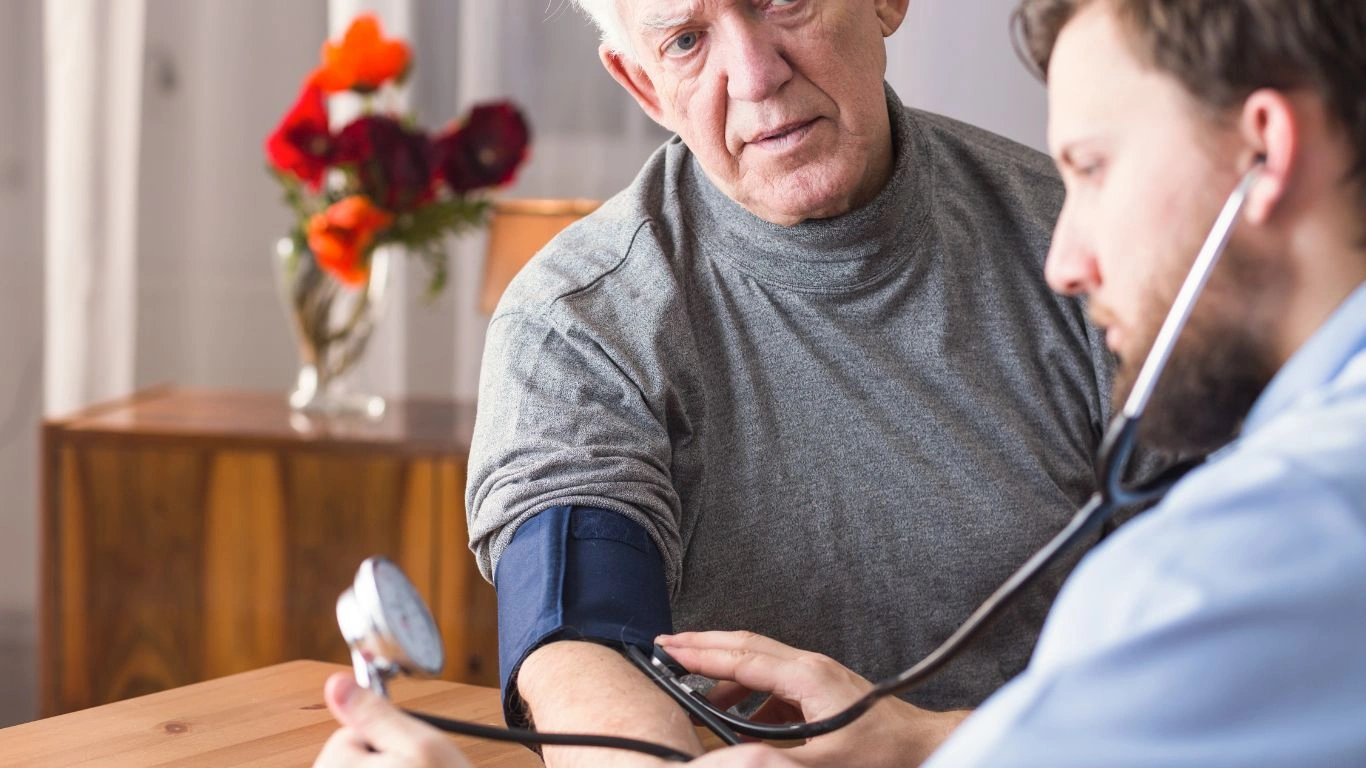
As we dive deeper into managing high blood pressure and sugar cravings, one of the most powerful tools at your disposal is nutrition. The foods you eat have a direct impact on both your blood pressure and your cravings, so understanding the role of nutrition is key to getting things under control.
One of the biggest culprits when it comes to both high blood pressure and sugar cravings is the overconsumption of refined sugars and processed foods. These types of foods tend to be high in unhealthy fats, sodium, and added sugars—ingredients that wreak havoc on both your blood pressure and your body’s ability to regulate insulin. Over time, this imbalance can lead to insulin resistance, which, as we discussed earlier, only exacerbates cravings for sugary foods. So, making smarter food choices is a step in the right direction.
Focus on Potassium-Rich Foods
One nutrient I strongly recommend to my patients is potassium. Potassium is essential for balancing sodium levels in the body and can help lower blood pressure. Foods like bananas, oranges, spinach, and sweet potatoes are packed with potassium and can make a big difference in your blood pressure readings. These foods also tend to be high in fiber, which not only supports healthy digestion but also helps stabilize blood sugar levels, reducing those pesky sugar cravings.
Magnesium: A Key Player in Blood Pressure Regulation
Magnesium is another mineral that plays a crucial role in managing both blood pressure and sugar cravings. Magnesium helps regulate muscle and nerve function, and it plays a direct role in lowering blood pressure by helping blood vessels relax. It also has a stabilizing effect on blood sugar levels, making it easier for your body to resist the urge to snack on sugary foods. To boost your magnesium intake, I suggest eating more almonds, spinach, avocados, and dark chocolate (yes, chocolate!).
Reducing Processed Foods and Sodium Intake
If there’s one dietary change I encourage all of my patients to make, it’s reducing their intake of processed foods. These foods are typically loaded with added sugars, unhealthy fats, and sodium—all of which contribute to both high blood pressure and increased cravings. If you’re struggling with sugar cravings, it’s crucial to look at your overall sodium intake. Excess sodium can cause your body to hold onto water, increasing your blood pressure and triggering those cravings for salty, sweet foods. Swap out processed snacks for fresh, whole foods, and you’ll see a noticeable improvement in both your cravings and your health.
The Importance of Accountability and Support in Managing Hypertension and Sugar Cravings
Managing both high blood pressure and sugar cravings isn’t something you should have to do alone. Over the years, I’ve seen how important it is for people to have the right support system in place. Whether it’s a partner, family member, or a health coach, having someone to share the journey with makes all the difference.
In my practice, I often work with patients who are struggling with lifestyle changes, and I always tell them that it’s okay to ask for help. Many people have successfully managed their blood pressure and cravings by building a solid support network. I’ve seen patients who initially found it difficult to stick to a healthy eating plan completely transform their health once they joined a support group or had someone to check in with. This accountability can help keep you on track and motivated, especially when cravings get tough to handle.
How to Build Your Support System
- Start with your family and friends: Let the people close to you know about your health goals. You’d be surprised at how many of them are willing to make healthier choices with you.
- Join an online community: There are plenty of online support groups for managing high blood pressure and reducing sugar cravings. Being able to connect with others who are going through the same thing can be incredibly motivating.
- Work with a healthcare professional: Whether it’s a dietitian, a therapist, or a personal trainer, professional support can be invaluable in helping you achieve your health goals.
Having a support system in place not only helps keep you motivated, but it also gives you the chance to celebrate your successes, no matter how small they may seem. Progress is progress, and having others around you can help you see that!
References and Further Reading
For anyone interested in diving deeper into managing high blood pressure and sugar cravings, here are some excellent resources:
- Health.com – A trusted source for information on hypertension and lifestyle changes.
- National Institutes of Health (NIH) – In-depth research and articles about hypertension and its treatments.
- Centers for Disease Control and Prevention (CDC) – Resources on preventing stroke, a common complication of hypertension.
Disclaimer
The information provided in this article is for informational purposes only and should not be considered medical advice. Always consult with your healthcare provider before making any significant changes to your diet, exercise, or medication regimen. Each individual’s health needs are unique, and what works for one person may not work for another. The content of this article is based on my personal experience and knowledge as an Internal Medicine Physician specializing in hypertension management, but it is not intended as a substitute for professional medical care.

Dr. Gwenna Aazee is a board-certified Internal Medicine Physician with a special focus on hypertension management, chronic disease prevention, and patient education. With years of experience in both clinical practice and medical writing, she’s passionate about turning evidence-based medicine into accessible, actionable advice. Through her work at Healthusias.com, Dr. Aazee empowers readers to take charge of their health with confidence and clarity. Off the clock, she enjoys deep dives into nutrition research, long walks with her rescue pup, and simplifying medical jargon one article at a time.
